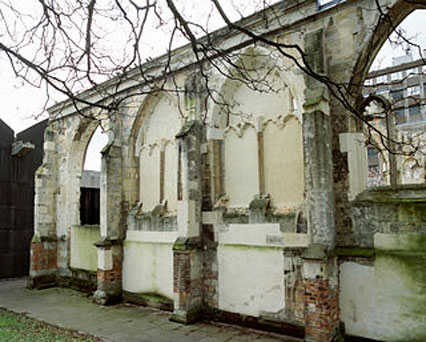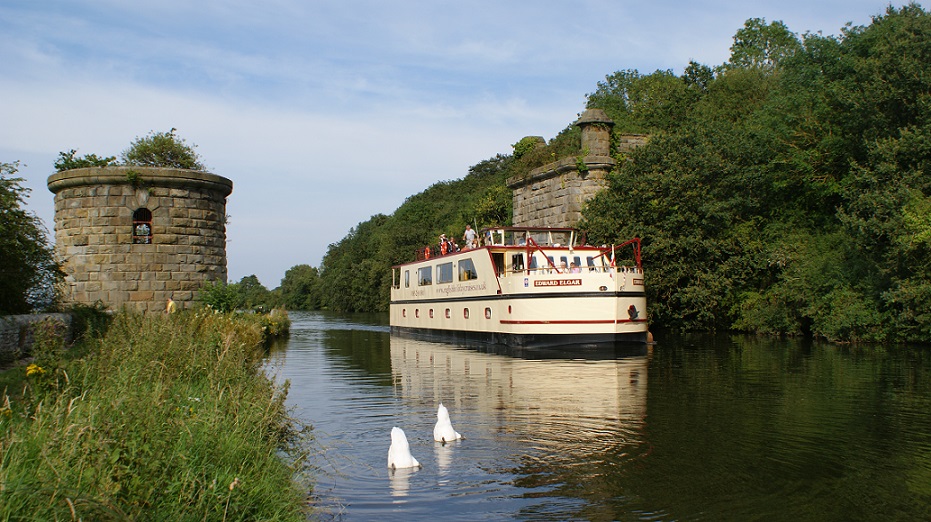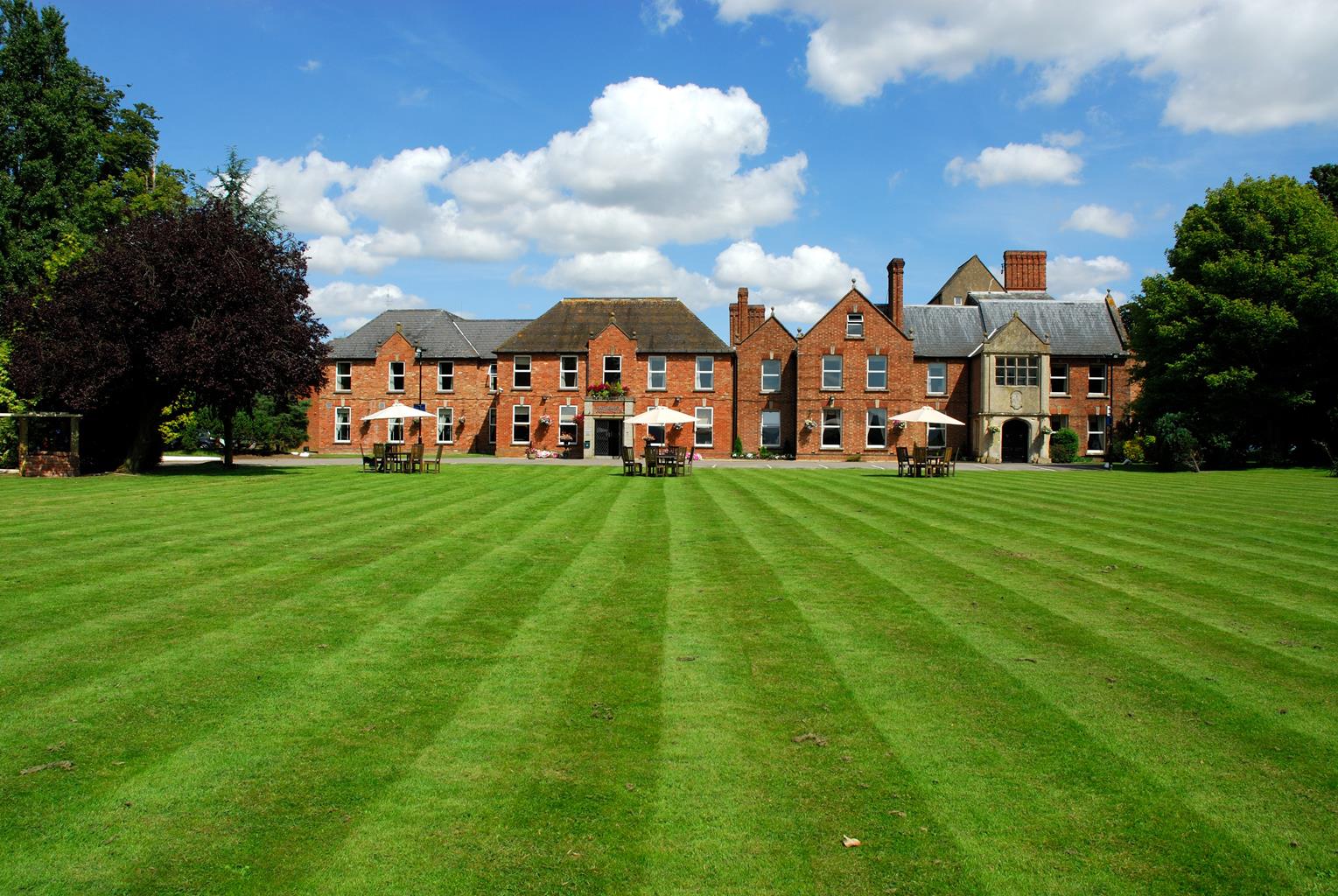Cruise the mighty River Severn through glorious countryside. Park nearby, unpack once &…
Our View
So what exactly does a folk museum cover? Local history, domestic life, crafts, trades and industries from 1500 to the present, the Siege of Gloucester, Victorian kitchen and laundry equipment – you might have an easier time outlining what it doesn’t cover. The museum is partly housed in three floors of splendid Tudor and Jacobean timber-framed buildings, which date from the 16th and 17th centuries. New buildings contain the ironmonger’s shop, as well as a wheelwright’s and a carpenter’s workshops. Brand new buildings contain education exhibits and the Folk Tearooms. The Toys and Childhood gallery lets you get hands-on with the toys, including a puppet theatre. Delve further into the history of childhood with the Victorian classroom. Throughout the year, the museum holds a wide range of exhibitions, hands-on activities, events, demonstrations and role-play sessions. The special events often take place in the museum’s attractive cottage garden and courtyard, and often include live animals and outside games.
Facilities – at a glance
Refreshments
Suitable for all child ages
Features
- Suitable for children of all ages
- Parking nearby
- Cafe
- Facilities: Induction loops, side passageway for access to tearoom and garden
- Accessible toilets
- Opening Times: Open 29 Mar-Sep, Tue-Sat, 10-5; 26 Oct-1 Nov & 15-21 Feb, Mon-Sat 10-3; 2 Nov-14 Feb & 22 Feb-28 Mar, Sat 10-3
Also in the area
About the area
Discover Gloucestershire
Gloucestershire is home to a variety of landscapes. The Cotswolds, a region of gentle hills, valleys and gem-like villages, roll through the county. To their west is the Severn Plain, watered by Britain’s longest river, and characterised by orchards and farms marked out by hedgerows that blaze with mayflower in the spring, and beyond the Severn are the Forest of Dean and the Wye Valley.
Throughout the county you are never far away from the past. Neolithic burial chambers are widespread, and so too are the remains of Roman villas, many of which retain the fine mosaic work produced by Cirencester workshops. There are several examples of Saxon building, while in the Stroud valleys abandoned mills and canals are the mark left by the Industrial Revolution. Gloucestershire has always been known for its abbeys, but most of them have disappeared or lie in ruins. However, few counties can equal the churches that remain here. These are many and diverse, from the ‘wool’ churches in Chipping Campden and Northleach, to the cathedral at Gloucester, the abbey church at Tewkesbury or remote St Mary’s, standing alone near Dymock.
Nearby stays
Places to Stay
Dining nearby
Restaurants and Pubs
Why choose Rated Trips?
Your trusted guide to rated places across the UK
The best coverage
Discover more than 15,000 professionally rated places to stay, eat and visit from across the UK and Ireland.
Quality assured
Choose a place to stay safe in the knowledge that it has been expertly assessed by trained assessors.
Plan your next trip
Search by location or the type of place you're visiting to find your next ideal holiday experience.
Travel inspiration
Read our articles, city guides and recommended things to do for inspiration. We're here to help you explore the UK.















